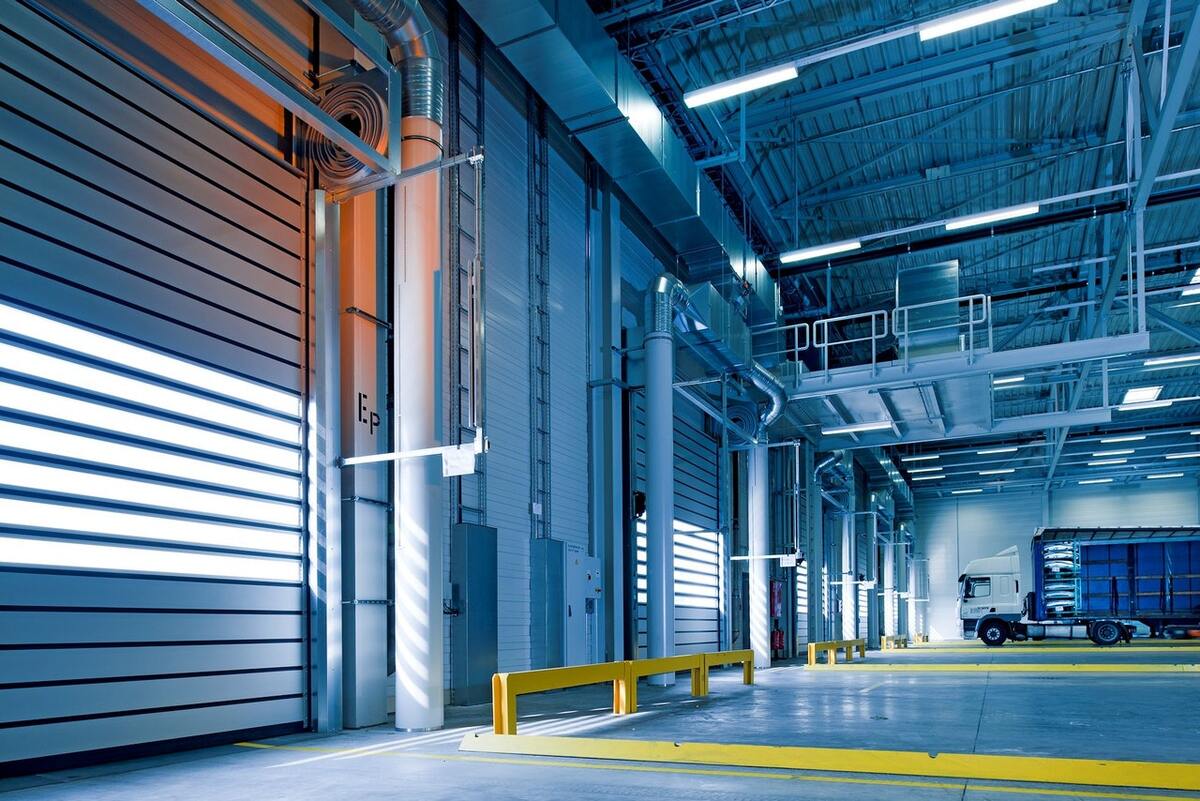Greener Principles for Cold Storage Construction

While most were looking forward to the beginning of a new decade, no one could have anticipated what 2020 would have in store. A global pandemic and a variety of both natural and human-made disasters turned the year into something that could rival a B-rate action movie. This challenge continues, but it has also provided a great number of opportunities to re-evaluate the importance of sustainability initiatives across industries.
Cold storage facilities, for example, have grown in popularity and public consciousness partially because of the unique requirements for the COVID-19 vaccine rollout. For long-term storage, the Pfizer vaccine must be kept at -70°C, while Moderna’s vaccine needs to be stored at -20°C. At the same time, supply chain issues in agriculture showed the world how critical cold storage is for farmers, grocers and the public at large.
There is a greater need for cold storage facilities now more than ever. With this need also comes a concern about power usage and emissions. How can construction companies make their cold storage projects more sustainable?
Design Buildings to Minimize Energy Loss
Building designers use the Laws of Thermodynamics to study how heat moves within a space. The study of thermodynamics looks at how heat transfers between objects, and it can teach how to most effectively heat or cool a space to prevent heat loss or temperature fluctuations. This is one of the easiest ways to make these cold storage buildings more sustainable, but at the same time, it can be one of the most challenging.
Design cold storage facilities to be as airtight as possible. This can mean minimizing the number of doors in the facility, installing two-door “airlocks” to prevent climate-controlled air from escaping when someone enters or exits the facility and eliminating windows entirely to reduce the number of potential leak points.
Improve and Modernize Insulation
Insulation is the other essential tool necessary for making cold storage facilities airtight and preventing heat loss. Traditional fiberglass or foam insulation isn’t sustainable. Making fiberglass insulation is incredibly energy-intensive, and while it can be made from up to 30% recycled glass, it’s can’t compare to some eco-friendly alternatives that are made of up to 80% recycled material.
Choose sustainable materials, such as insulation made from wool and cotton. In addition to being safer to handle because they don’t have any dangerous chemicals or side effects, they can often be better insulators than synthetic alternatives.
Aerogel, for example, is a material that is made of more than 90% air but insulates so well that the exterior of the building could be on fire and those inside the building wouldn’t even notice a change in temperature. It’s pricy, costing up to $2 per square foot, but it can pay for itself in energy savings.
Tap Into Renewable Power Wherever Possible
Power generation is still one of the biggest problems when it comes to sustainability and reducing greenhouse gas emissions. In 2019, the power industry was responsible for a full 25% of the greenhouse gas emissions generated in the United States.
Utilizing the traditional power grid, which relies on burning fossil fuels to create electricity, increases a facility’s carbon footprint by proxy.
The solution here is to tap into renewable power whenever and wherever possible. Something as simple as installing some solar panels on the roof can help offset power costs and reduce the facility’s overall carbon footprint.
Have Sustainable Backup Power Options Available
Backup power is essential for cold storage facilities. If they lose power for too long, it could be devastating, destroying millions of dollars’ worth of COVID-19 vaccines or other temperature-controlled medications. Standard backup generators are diesel- or gas-powered, but these contribute to the facility’s carbon footprint by, again, burning fossil fuels to generate electricity.
Opt for sustainable backup power options wherever possible. This could be battery backup walls, solar panels, or any combination of renewable power sources that might be available in your area. Diesel generators should be a last-resort option if everything else fails.
Sustainability Is Essential for Cold Storage Facilities
Cold storage facilities are going to be an essential part of rolling out the COVID-19 vaccine to people around the world, but their usefulness won’t end there. There’s no reason these facilities should harm the environment during their construction or use when there are so many eco-friendly alternatives available on the market today. Focusing on energy efficiency, insulation, and keeping things airtight will make all the difference in the world.



